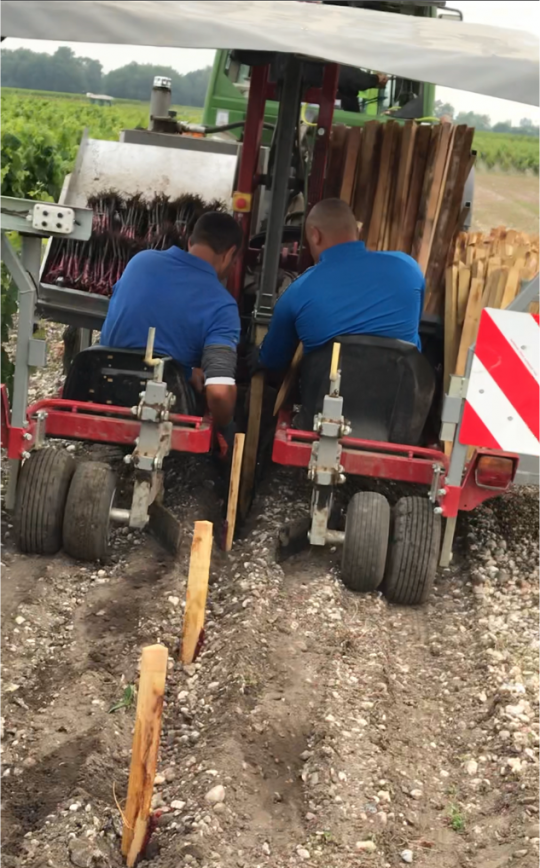Both before and during the planting operation, it is advisable to:
-
Rehydrate the plants
-
Cut the root tips before planting to promote a deeper root development
-
Adapt the planting specifically for each plant type: larger plants shouldn’t be planted deeper than 25 cm. Potted plants should be planted manually to ensure fine soil is put at the base of the planting hole as well as above the plant. Plants in super-sized pots have a highly developed root system; therefore, it is advisable to loosen the roots once they are taken out of their individual pots to avoid dense root development.
-
Watering immediately following planting: this is a crucial step that helps to guarantee the success of each rootstalk and helps it recover from the stress of planting.
-
Fertilization must be monitored: as it is non-compulsory option for the seedlings, a soil analysis will give a better breakdown of the soil composition. In a rich soil, fertilization is optional. On the other hand, in a poor soil, a fertiliser can be applied. Under no circumstances should the roots come into contact with the fertilizer. However, compost can be added to the soil at the bottom of the hole before planting, which can improve the soil structure and facilitate root development. It is not recommended to use mineral fertilizer, especially nitrogen-based ones, as they may burn the roots and/or leaves when applied to the leaves.

